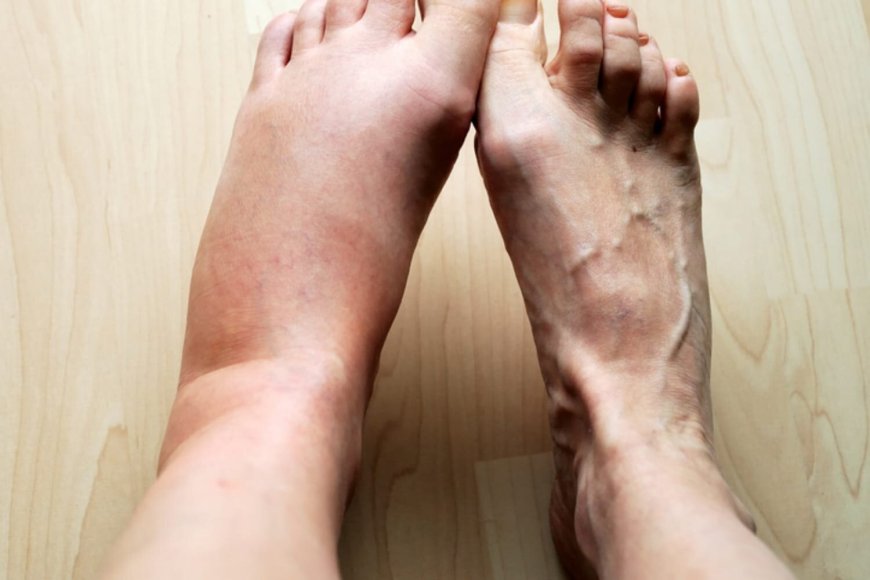Edema

Introduction :
In this article, we'll explore Edema, a common condition that can affect people in India. We'll discuss what Edema is, its classification, causes, risk factors, types, diagnostic tests, treatments, complications, and prevention techniques, all explained in simple language for our 10-year-old readers.
Sign and Symptoms:
Edema can be like a hidden visitor, causing swelling in different parts of the body. Some common signs and symptoms of Edema include:
- Swollen feet and ankles, like feeling puffy or bloated in those areas.
- Swollen hands and fingers, like having chubby fingers that are hard to bend.
- Swollen face, like looking puffy or having a round appearance.
What is Edema? :
Edema is when the body retains too much fluid, causing parts of the body to become swollen. It's like a tiny water balloon inside the body that makes certain areas puff up.
How Is Edema Classified? :
Edema can be classified based on the areas where the swelling occurs. For example, there can be Peripheral Edema, where the swelling is in the feet and ankles, or Pulmonary Edema, where the swelling is in the lungs.
Causes and Triggers:
Edema can happen for various reasons, like certain health conditions or injuries. Some common causes include:
- Heart Problems: When the heart doesn't pump blood effectively, it can lead to fluid buildup in the body.
- Injuries: Injuries that cause damage to blood vessels can also lead to swelling in the affected area.
Risk Factors with Examples:
Certain factors can increase the chances of getting Edema. For example:
- Sitting or standing for long periods without moving much can increase the risk of Edema in the legs.
- Eating too much salty food can lead to fluid retention and swelling in the body.
Types of Edema with Detailing for Each Type:
- Peripheral Edema: This type of Edema causes swelling in the feet, ankles, and legs, making it hard to fit into shoes comfortably.
- Pulmonary Edema: This type of Edema affects the lungs, making it difficult to breathe and causing shortness of breath.
Diagnostic Tests and Their Use:
To diagnose Edema, doctors may perform a physical examination and ask questions about the swelling. Some common tests include:
- Blood Tests: This is like taking a small sample of blood to check for any underlying health conditions.
- Ultrasound: This test uses sound waves to create images of the body and check for any fluid buildup.
Treatments:
Treating Edema aims to reduce swelling and address the underlying cause. Some common treatments are:
- Diuretics: These are like superhero medicines that help the body get rid of extra fluid through urine.
- Elevation: Elevating the swollen area, like raising the legs with pillows, can help reduce swelling.
Complications of Edema:
If Edema is not managed well, it can lead to more severe problems like skin ulcers or difficulty breathing.
Prevention Techniques:
Preventing Edema is essential, and some techniques can help keep fluid balance in the body. For example:
- Staying active and moving regularly, like doing exercises or stretching, can help prevent swelling in the legs.
- Eating a balanced diet with limited salty food can also help prevent fluid retention.
Remember, just like how we take care of our plants and keep them hydrated, taking care of our bodies and being mindful of our health habits can help us stay healthy and happy! If anyone notices any unusual swelling in their body, it's essential to tell a grown-up and seek medical help for proper evaluation and guidance. With curiosity and good health habits, we can embrace every joyful moment in India's beautiful world, keeping our bodies strong and well!
What's Your Reaction?
 Like
0
Like
0
 Dislike
0
Dislike
0
 Love
0
Love
0
 Funny
0
Funny
0
 Angry
0
Angry
0
 Sad
0
Sad
0
 Wow
0
Wow
0








































































